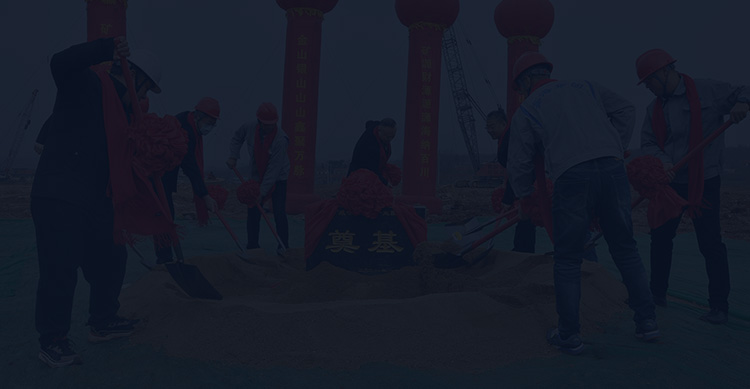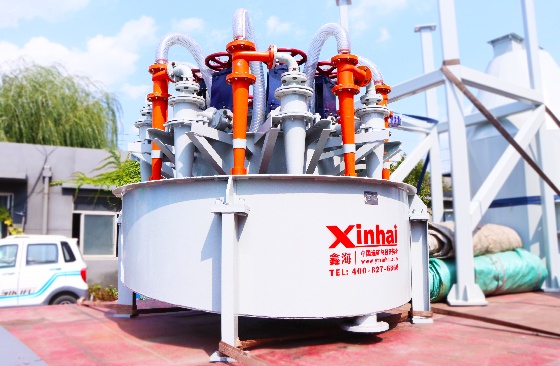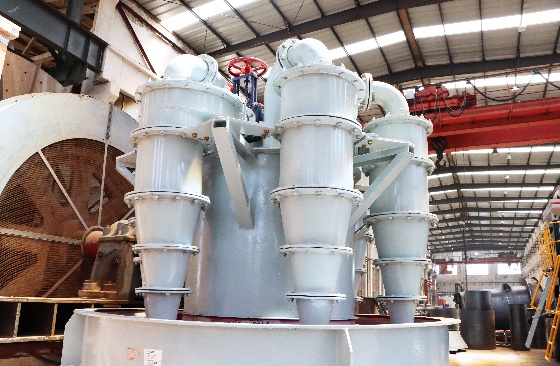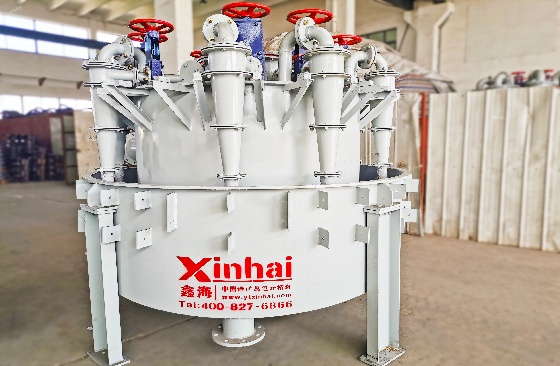
A hydrocyclone is a device that utilizes centrifugal force for solid-liquid separation, particle classification, or liquid-liquid separation. In iron ore tailings processing, hydrocyclones play a significant role. They can not only classify and concentrate tailings but also aid in the recovery of valuable minerals. This article discusses the application of hydrocyclones in tailings reprocessing, backfill preparation, and dry tailings stacking.

1. Application Background of Hydrocyclones
The associated apatite (including P₂O₅) resources in certain iron ore tailings can be recycled to generate economic benefits. However, traditional methods such as magnetic separation and gravity separation are often ineffective in recovering fine particles, leading to the loss of apatite in tailings overflow and resulting in serious resource waste.
To enhance the recovery of apatite, a hydrocyclone was introduced into the existing tailings treatment process to perform pre-classification on the overflow. Fine apatite particles are concentrated into the cyclone underflow, thereby reducing the interference of slimes during flotation and ultimately achieving apatite enrichment and improved flotation efficiency.
2. Process Flow
Iron tailings → inclined plate thickener → overflow (containing fine apatite slime) → hydrocyclone classification →
↓ (underflow, high-concentration apatite) → flotation → phosphate concentrate
↓ (overflow, ultrafine slime) → tailings storage or further reprocessing
3. Technical Advantages
Significantly improved classification efficiency reduces fine slime entrainment in the underflow and minimizes reagent waste during flotation.
Cyclone-based pre-enrichment increases apatite grade by 10–15 times, effectively lowering flotation costs.
Hydrocyclone models can be flexibly adjusted according to tailings particle size, offering strong adaptability to different processing conditions.

1. Application Background of Hydrocyclones
Traditional full-tailings backfill technology faces two main challenges. First, the backfill material often exhibits low strength due to a high content of fine particles, which impairs cementation and results in insufficient strength after curing. Second, the process incurs high costs, as a large amount of cement is required to compensate for the poor strength, increasing material expenses.
To address these issues, hydrocyclones are employed to classify and deslime the tailings. This operation optimizes the particle size distribution and concentration of the backfill slurry, thereby enhancing the strength of the backfill material and reducing cement and other material costs.
2. Process Flow
Iron tailings → hydrocyclone classification →
↓ underflow (coarse particles, >20 μm) → backfill slurry
↓ overflow (fine particles,<20 μm) → tailings storage or reuse
3. Technical Advantages
Improved Backfill Strength:
By using hydrocyclones for classification, the backfill material consists mainly of coarse particles, with a high proportion of >20 μm fractions. This significantly enhances the strength of the backfill, fully meeting underground support requirements.
Reduced Material Costs:
After removing fine particles with the cyclone, the tailings exhibit a more favorable particle size distribution. This improves cement bonding efficiency, reducing cement consumption by up to 30%, and directly lowering material costs.
Simplified Process Flow:
The cyclone underflow can reach a concentration of 20%–25%, which is suitable for direct use in backfill slurry preparation without the need for additional thickening. This eliminates the thickening step of traditional processes, reducing energy consumption and equipment investment.

1. Application Background
The traditional method of tailings disposal involves discharging iron tailings directly into tailings ponds for storage. This approach poses significant safety risks and brings challenges such as limited storage capacity, low return water utilization, and substantial water resource waste.
To address these issues, dry stacking of iron tailings is implemented. This process utilizes hydrocyclones in combination with high-frequency dewatering screens, deep cone thickeners, filter presses, and other equipment to achieve efficient separation and solid-liquid management.
2. Process Flow
Iron tailings → hydrocyclone classification →
↓ coarse tailings → dewatering screens → dry stacking
↓ fine tailings → deep cone thickeners → plate and frame filter presses → water recycling
3. Technical Advantages
Reduced Energy Consumption:
By pre-classifying tailings into coarse and fine fractions, the coarse portion is directly dewatered and dry-stacked, while the fine portion undergoes thickening and filtration. This separation reduces overall energy consumption.
Water Conservation and Emission Reduction:
The water recycling rate exceeds 85%, with near-zero liquid discharge, greatly conserving water and reducing environmental emissions.
Enhanced Safety:
The moisture content of tailings after dry stacking is less than 20%, meeting the anti-liquefaction requirements for stacked tailings and improving tailings storage safety.
Conclusion
This article has introduced the application of hydrocyclones in iron ore tailings processing, particularly in three key areas: tailings reprocessing, dry stacking, and backfill preparation. Hydrocyclones not only reduce environmental risks and enhance flotation efficiency but also save water and lower operating costs—making them an effective, dual-purpose solution.
Hydrocyclones produced by Xinhai Mining feature simple structure, high processing capacity, and reliable performance. They are widely applied in iron ore tailings treatment projects. If you are interested in purchasing, feel free to contact us for more information.
To find out more about our products and solutions, please fill out the form below and one of our experts will get back to you shortly.